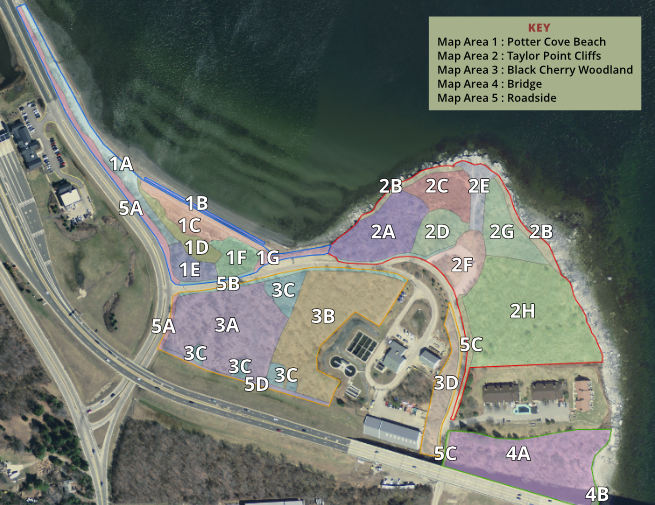Common Name: Norway Maple
Specific Name: Acer platanoides
Known Occurrence at Taylor Point:
Map areas: Cliffs 2A, Woodlands 3A, Woodlands 3B
Category: Invasive, Non-Native, Tree
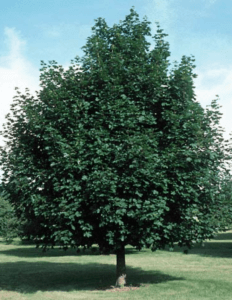
Ecological Considerations:
Norway Maples commonly grow 40-60 feet high, and can reach heights of 100 feet. The tree’s bark is gray and regularly and shallowly grooved. The leaves are usually green in summer and yellow in the fall. The flowers appear in April and May and are yellow-green. The fruits are samaras that are green when young and turn yellow, then brown, with age. The samara wings are divergent, reaching nearly 180 degree angle to each other. Norway Maples are often found in forest wetlands, open disturbed areas, along roadsides and in vacant lots. The leaf stalks of the Norway Maple exude milky white sap.
These trees are shade tolerant and occur in a variety of soil and moisture conditions but they prefer fertile, moist, well-drained soils.
Problems Posed by this Plant:
The Norway Maple can shade out native understory vegetation such as spring ephemerals, and eventually it can out-compete native tree species. Thus, it can reduce native species diversity and change the structure of forest habitats. It monopolizes soil moisture; regenerates prolifically under its own canopy, and reduces overall plant diversity. Norway Maples can spread rapidly due to their heavy seed production.
Native Species Affected by this Plant:
Factors Affording a Competitive Advantage to this Plant:
Norway maples typically create dense shade from the overlapping broad canopy they establish, creating suboptimal conditions for many native species. The Norway Maples also release allelopathic chemicals from their shallow root system, further creating unfavorable conditions for other desirable species, thus eliminating competition for water, nutrients, and light. These impacts to native vegetation are further amplified by the Norway Maple’s ability to take up large amounts of water from the soil.
Propagation Mechanisms and Related Issues Affecting Efforts to Remove and/or Eliminate this Plant from Taylor Point:
Acer platanoides reproduces by the wind-dispersal of seeds that are contained in winged samaras, with heavy seed crops every 1-3 years.
Documented Best Removal Practices and Options/Pros and Cons of Various Options:
In efforts to control the infestation of Norway Maples in a specific area, managers can focus on highest quality areas and remove mature trees that provide a source of seed. Hand pulling of seedlings in spring while soil is moist can further deter the expansion of an infestation. It is advisable to let roots dry completely before composting them.
Larger trees can be girdled in spring and summer. Smaller trees can be cut down and the cut stumps can be covered with Buckthorn Baggies. (Suzanne Enser, TPRA CRMC Permit Request Support paper)
Case Studies of Removal Efforts, Lessons Learned and Recommendations:
Additional Photos:

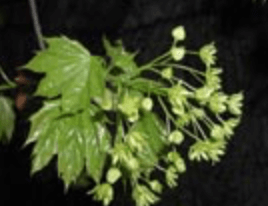
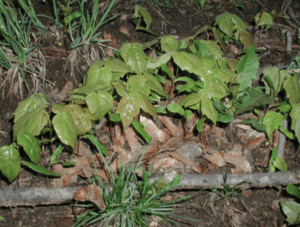
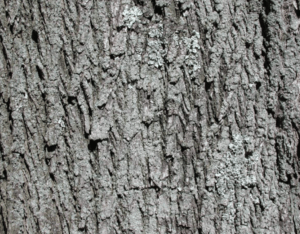
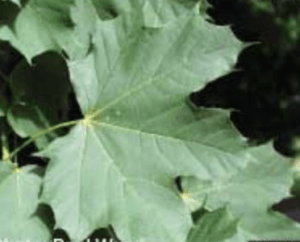
Sources cited:
URI College of Environment and Life Sciences
Invasive Plant Atlas of New England
Midwest Invasive Species Information Network
New Hampshire Department of Agriculture
Suzanne Enser, TPRA CRMC Permit Request Support paper
Key Words:
Tree;
Norway Maple
Acer platanoides
Seed – samaras;
Taylor Point Cliffs
Black Cherry Woodland
2A, 3A, 3B
